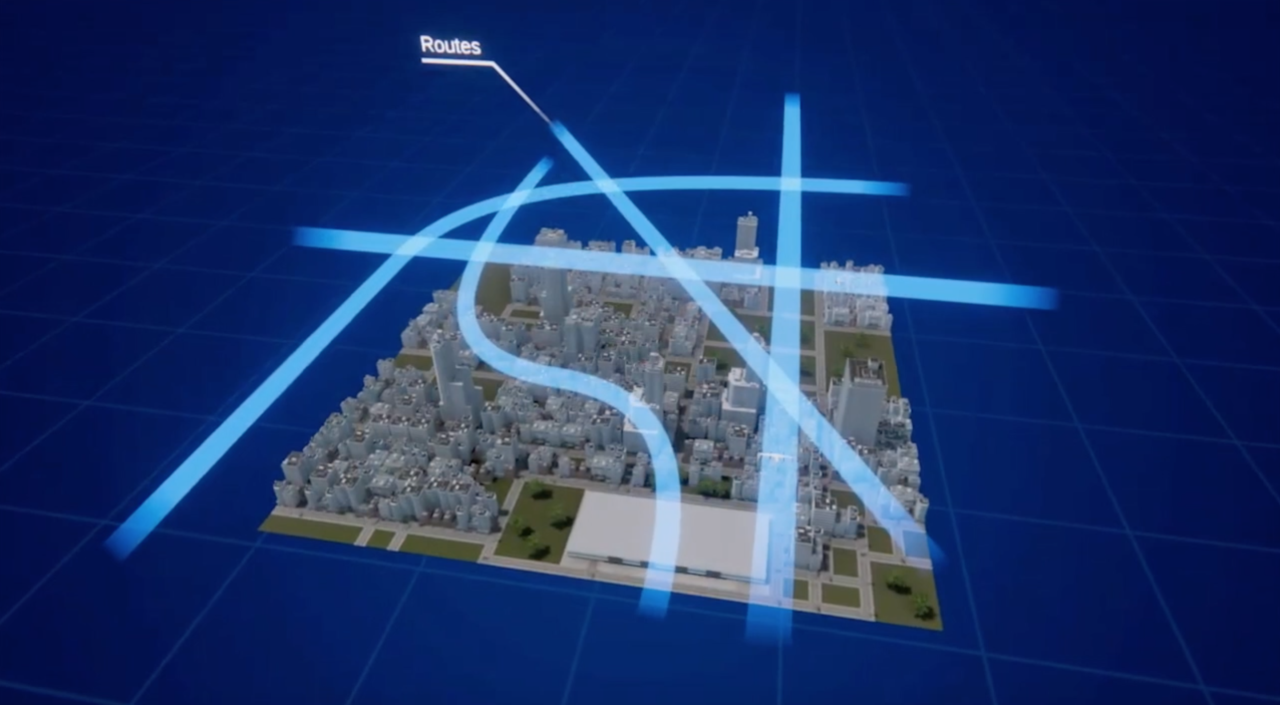CLEVELAND — As millions hit the skies this week as part of Thanksgiving travel, a team of specialists inside NASA Glenn Research Center prepare for what the future of flying could look like.
With the help of a newly acquired $4 million aircraft, missions are set to begin next year, which will help map out the future of aviation where airplanes, drones, air taxis and more can coexist as part of the NASA Advance Air Mobility Mission.

“We will have your Amazon packages delivered by drones,” Tim McCartney, Director of Aeronautics at NASA Glenn Research Center, said. “There will be a web of planes flying in all sorts of different directions and that has to be controlled and the communications and awareness for each of those vehicles is critically important. A lot of these new aircrafts are going to be flying in places we haven’t flown before.”
Last year, News 5 took you to Springfield, Ohio where personal helicopters of sorts as well as unmanned vehicles and other testing is already underway as part of FlyOhio.
RELATED: FlyOhio helping Ohio beat out other communities to better use our 'totally open skies'
Springfield-Beckley Municipal Airport received special permission from the FAA to fly unmanned and experimental aircraft up to 10,000 feet in the air and for 225 square miles, giving companies a playground to refine their technology and vehicles.

As life inches closer to flying cars and the way of the Jetsons, McCartney emphasized the importance of designing the roadmap for the future and figuring out how a layered highway for the sky would work.
“That whole infrastructure and that backbone really needs to be reimagined and that’s what we’re doing here at Glenn,” he said.
According to research pilot Kurt Blankenship, the new aircraft can conduct testing anywhere from 500 feet above the ground, which is about the height of the Washington Monument, all the way up to 30,000 feet.
Blankenship added that the missions will focus on testing how well radio and communications equipment works at lower and higher altitudes, mixed with Cleveland's rain, cold, snow, and wind from the lake.
“We’ll have other vehicles lower than [drones and air taxis], and we’ll have other vehicles higher than them,” he explained. “With each of these, you need to develop routes, safe routes to get in and out of downtown areas.”
Our new PC-12 aircraft is taking to the Cleveland skies to test communication systems for information exchanges between aircraft and air service providers. You may even see us flying near downtown evaluating signal strength blocked by buildings. Details: https://t.co/XMcEb9yxVy
— NASA Glenn Research (@NASAglenn) November 22, 2022
A 2021 report with the Ohio Department of Transportation's Research Program and Crown Consulting concluded that Ohio could see $13 billion worth of economic impact over 25 years by investing in the autonomous aircraft sector.
Testing aboard the new NASA aircraft is slated to begin in January.
Clay LePard is a reporter at News 5 Cleveland. Follow him on Twitter @ClayLePard or on Facebook Clay LePard News 5.
Download the News 5 Cleveland app now for more stories from us, plus alerts on major news, the latest weather forecast, traffic information and much more. Download now on your Apple device here, and your Android device here.
You can also catch News 5 Cleveland on Roku, Apple TV, Amazon Fire TV, YouTube TV, DIRECTV NOW, Hulu Live and more. We're also on Amazon Alexa devices. Learn more about our streaming options here.




